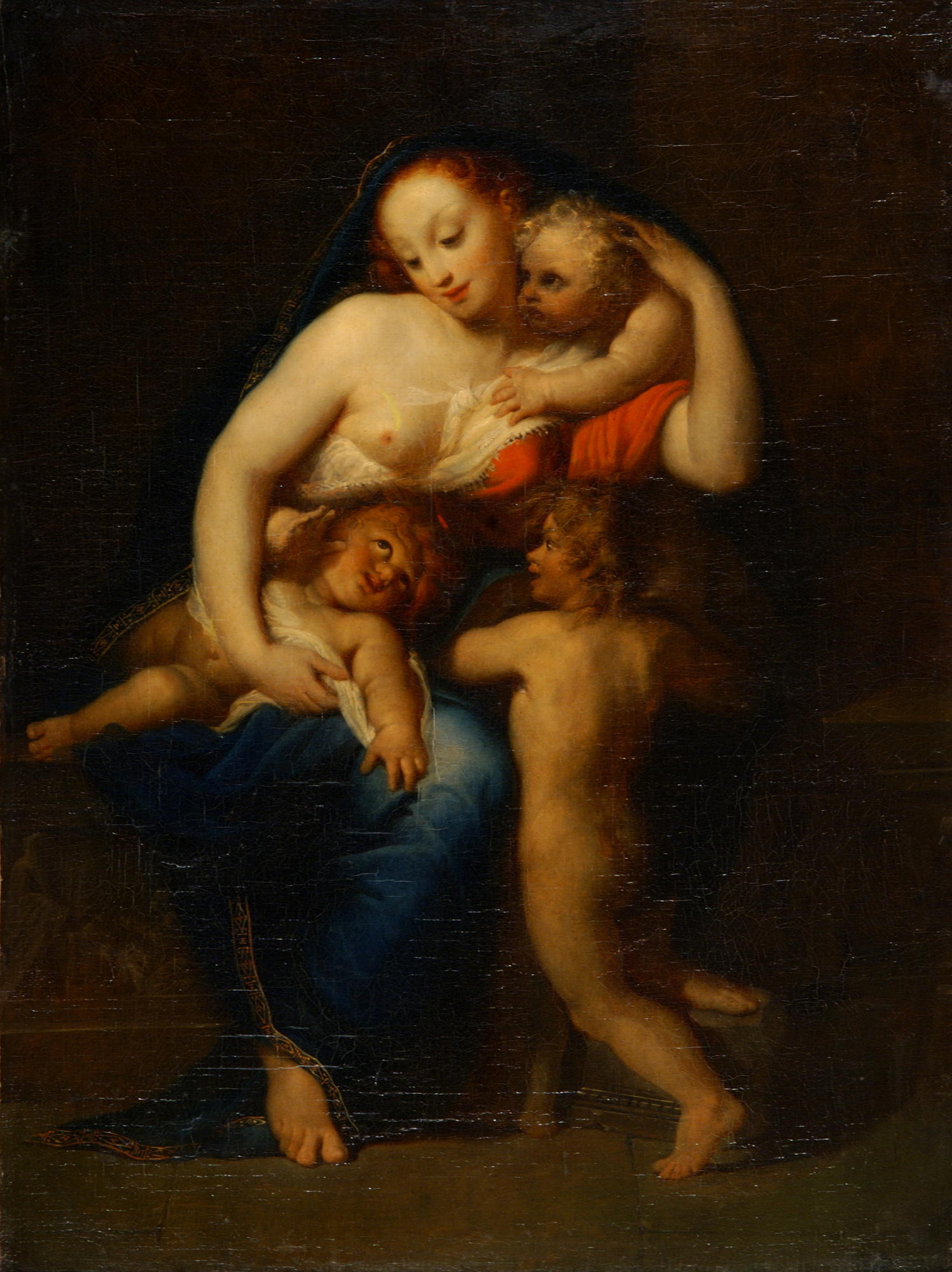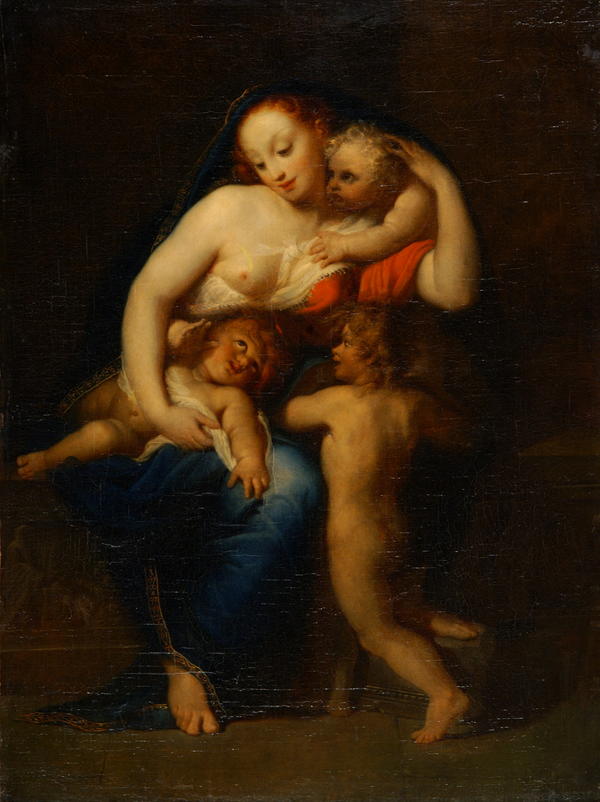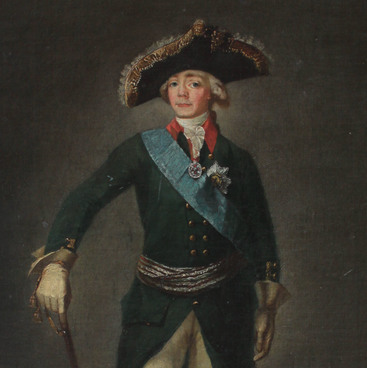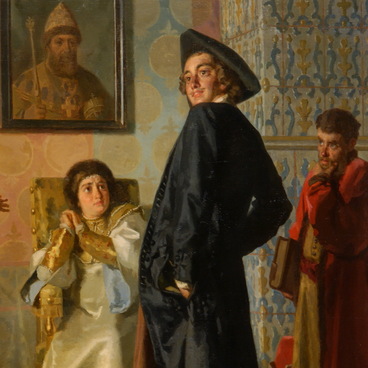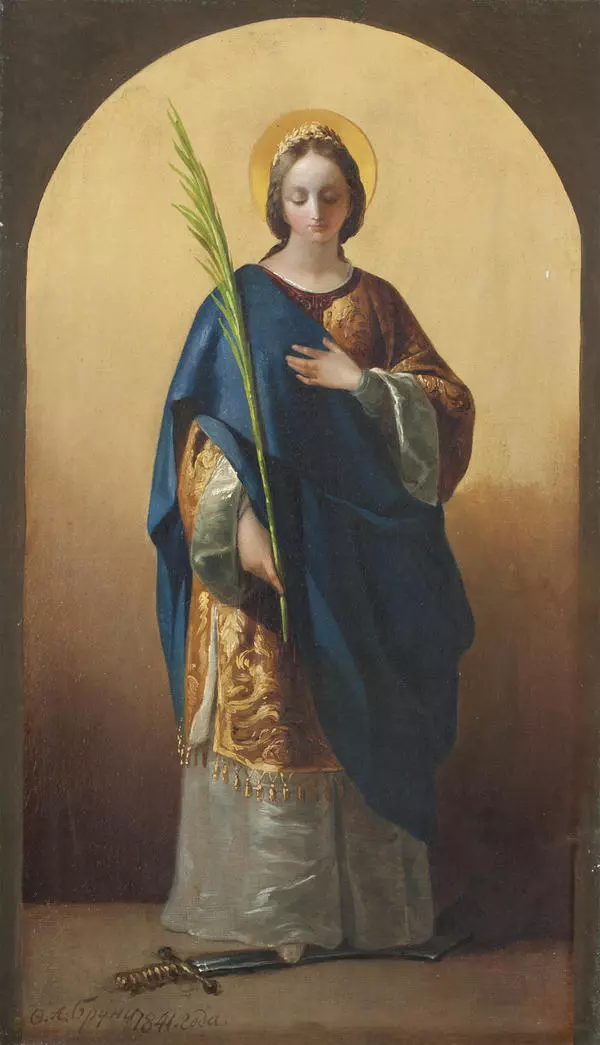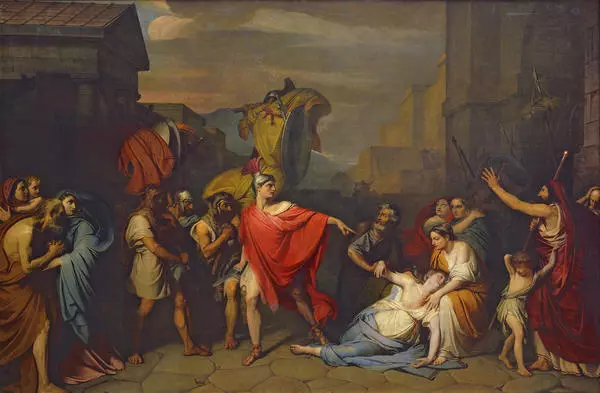The collection of the Stavropol Museum of Fine Arts holds the allegoric painting Mercy by Fyodor Bruni, Russian artist of Italian origin. In the 1820s, the artist painted two canvases on this subject, one of them is in the Russian Museum, St. Petersburg.
Unlike the multi-figure composition from the collection of the Russian Museum, the painting in Stavropol presents a semi-naked beautiful young woman with children. She personifies not only loving kindness, but also motherhood and protection. The woman is surrounded by her children — one infant nestles close to her left shoulder from behind her back; she holds another on her laps. The third boy stands by her left knee. The children cuddle so tightly to the woman, that the whole group presents a unity, monolithic and inseparable. The clear and well-balanced composition is drawn in the classical traditions of the triangle. Bruni uses a dark neutral background which does not distract the viewer from the main image.
The painter follows the principles of unity of place, time and action. He drew the naked model in the tradition of Antiquity, non-temporal clothing with some elements of red goes in line with the academic technique. However, the composition of Mercy is far from abstract esthetics and rationality of classicism. The painting is full of emotions – Bruni depicts a beautiful in its plasticity group, harmonious both externally and internally, a poetic image filled with love and tenderness.
Fyodor Bruni is a representative of the academic style. He studied at the Fine Arts Academy; having completed the course, he went to Italy to study classical pieces of pictorial art. That was the time when he fully made up his mind about his style and genre priorities — Bruni was interested in history and religious painting and allegories. He painted St. Isaack Cathedral and created a large painting The Mantle of Our Lady for the alter of the Kazan Cathedral.
Bruni was extremely industrious and exuberant; both the government and private individuals continuously placed their orders with the artist. Composition and coherent drawing are the main features of his talent. Bruni’s canvases abound in academic knowledge and content filled with high artistic value as well as emotion coming from the painter’s personality.
Unlike the multi-figure composition from the collection of the Russian Museum, the painting in Stavropol presents a semi-naked beautiful young woman with children. She personifies not only loving kindness, but also motherhood and protection. The woman is surrounded by her children — one infant nestles close to her left shoulder from behind her back; she holds another on her laps. The third boy stands by her left knee. The children cuddle so tightly to the woman, that the whole group presents a unity, monolithic and inseparable. The clear and well-balanced composition is drawn in the classical traditions of the triangle. Bruni uses a dark neutral background which does not distract the viewer from the main image.
The painter follows the principles of unity of place, time and action. He drew the naked model in the tradition of Antiquity, non-temporal clothing with some elements of red goes in line with the academic technique. However, the composition of Mercy is far from abstract esthetics and rationality of classicism. The painting is full of emotions – Bruni depicts a beautiful in its plasticity group, harmonious both externally and internally, a poetic image filled with love and tenderness.
Fyodor Bruni is a representative of the academic style. He studied at the Fine Arts Academy; having completed the course, he went to Italy to study classical pieces of pictorial art. That was the time when he fully made up his mind about his style and genre priorities — Bruni was interested in history and religious painting and allegories. He painted St. Isaack Cathedral and created a large painting The Mantle of Our Lady for the alter of the Kazan Cathedral.
Bruni was extremely industrious and exuberant; both the government and private individuals continuously placed their orders with the artist. Composition and coherent drawing are the main features of his talent. Bruni’s canvases abound in academic knowledge and content filled with high artistic value as well as emotion coming from the painter’s personality.
